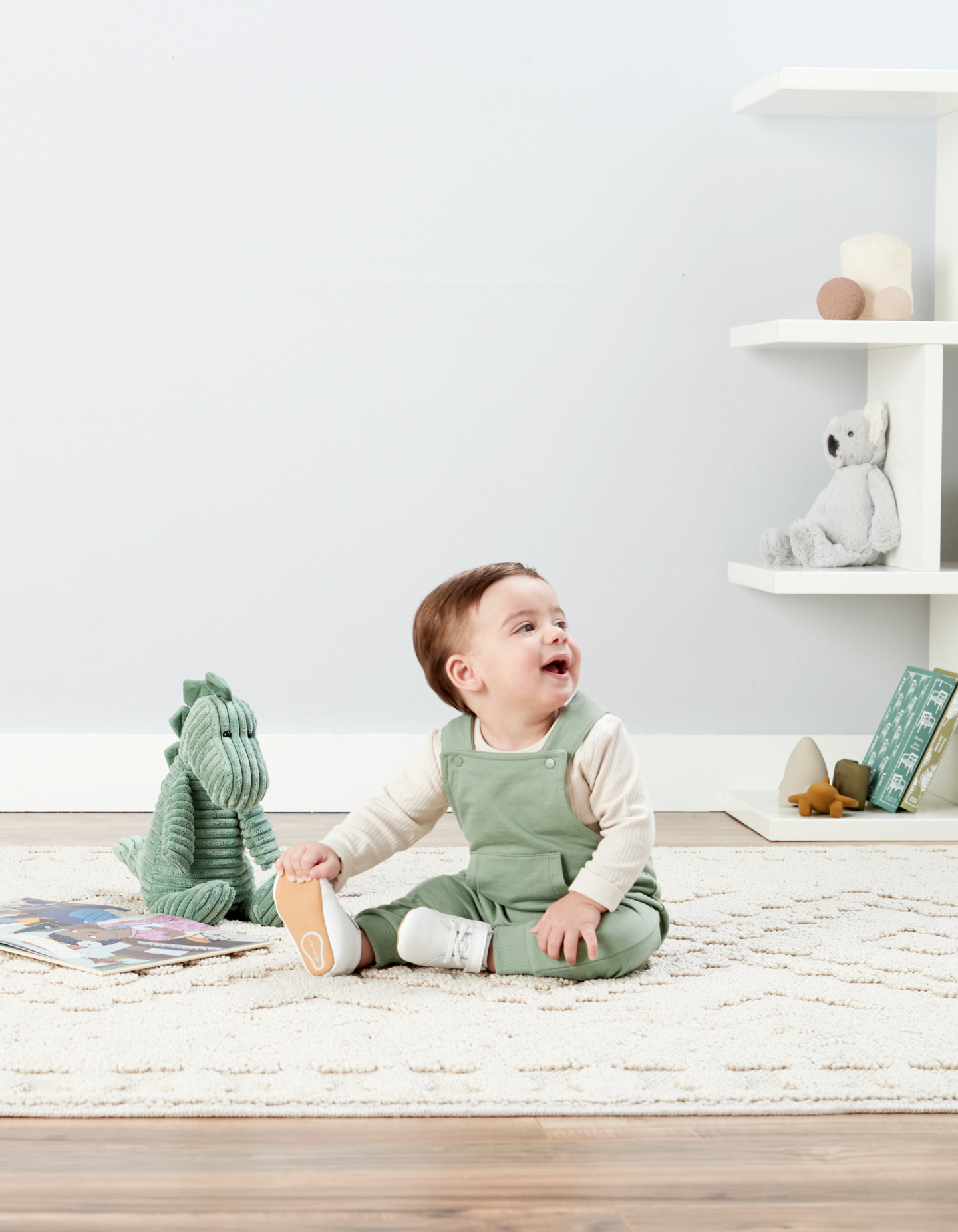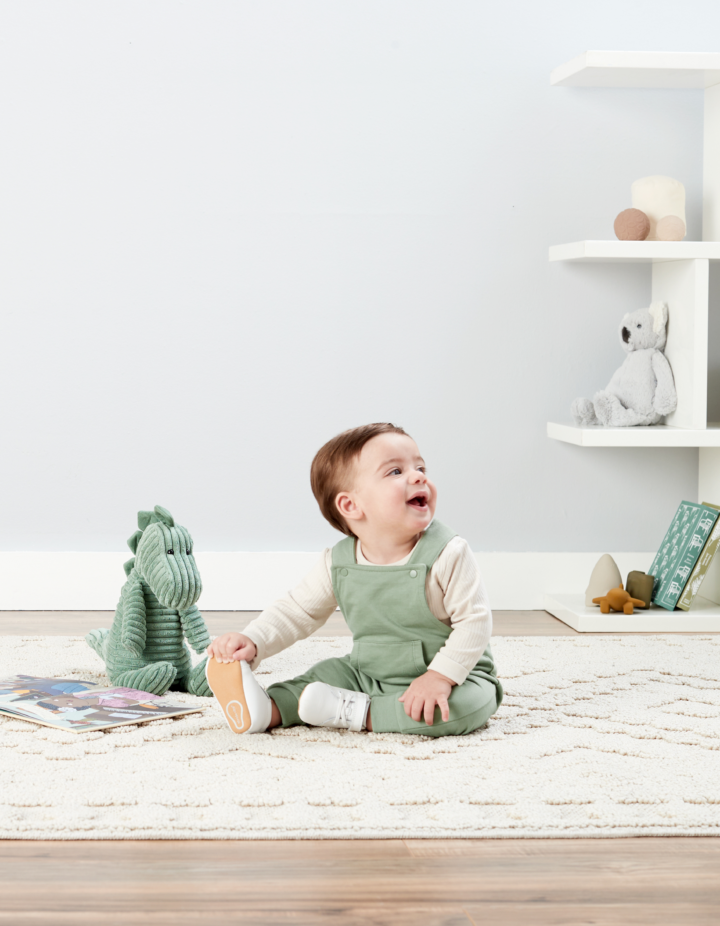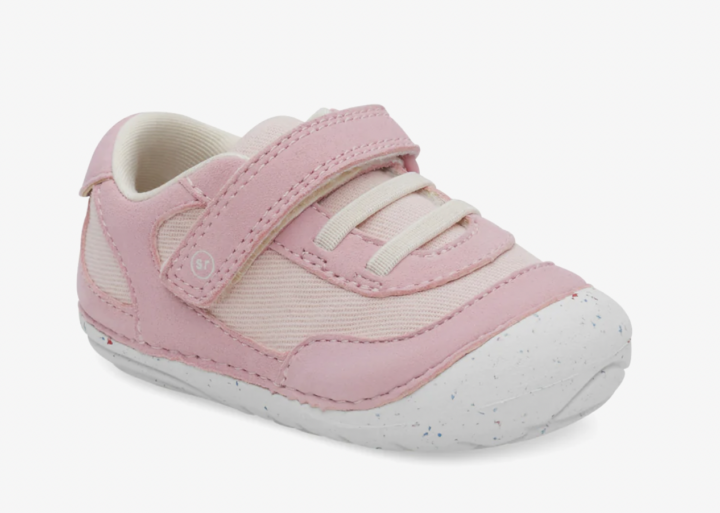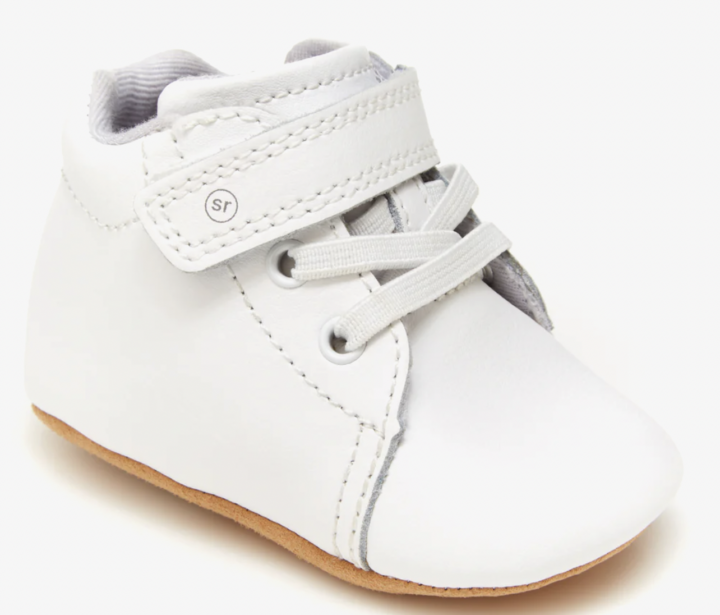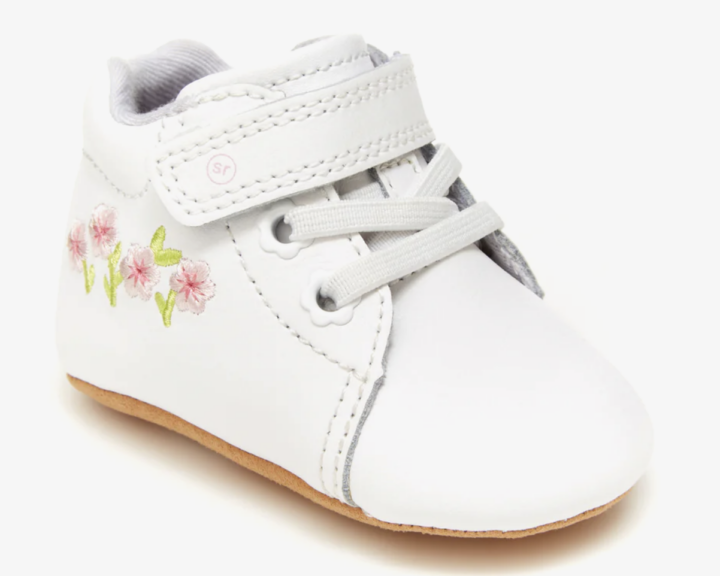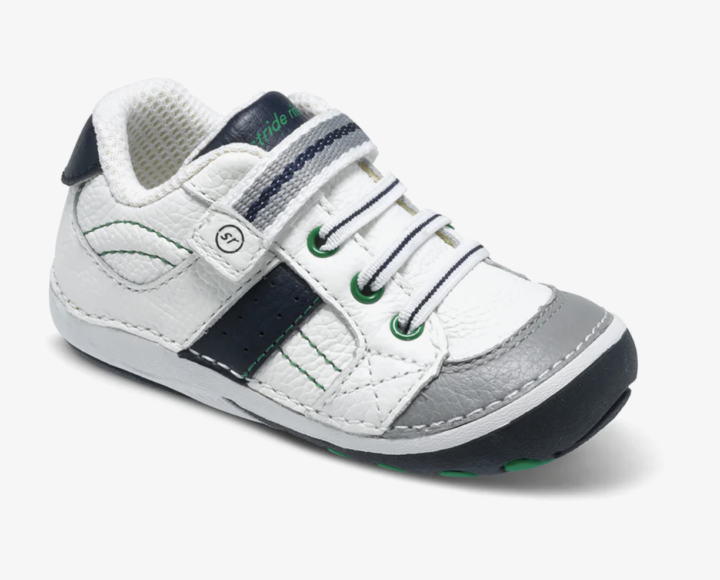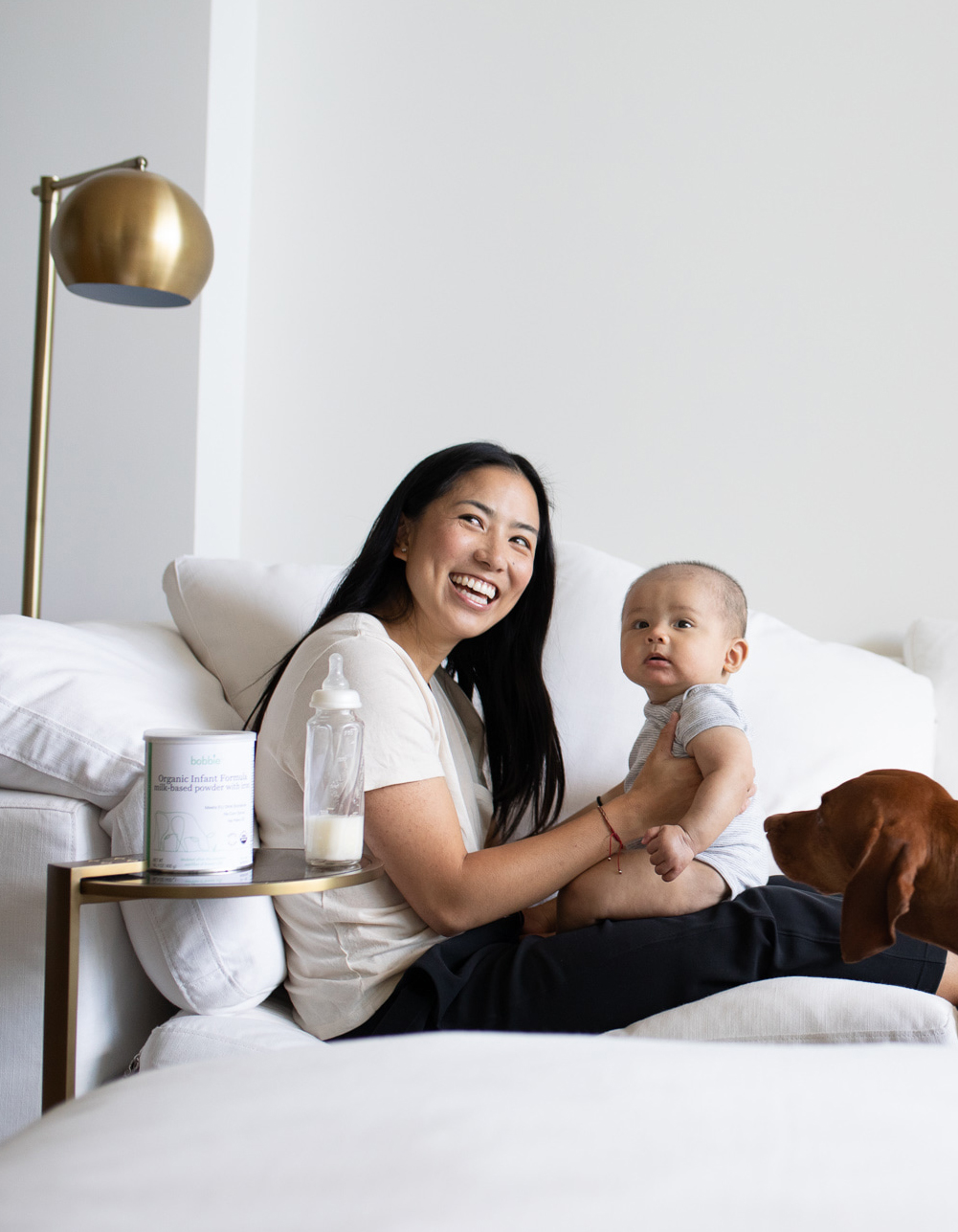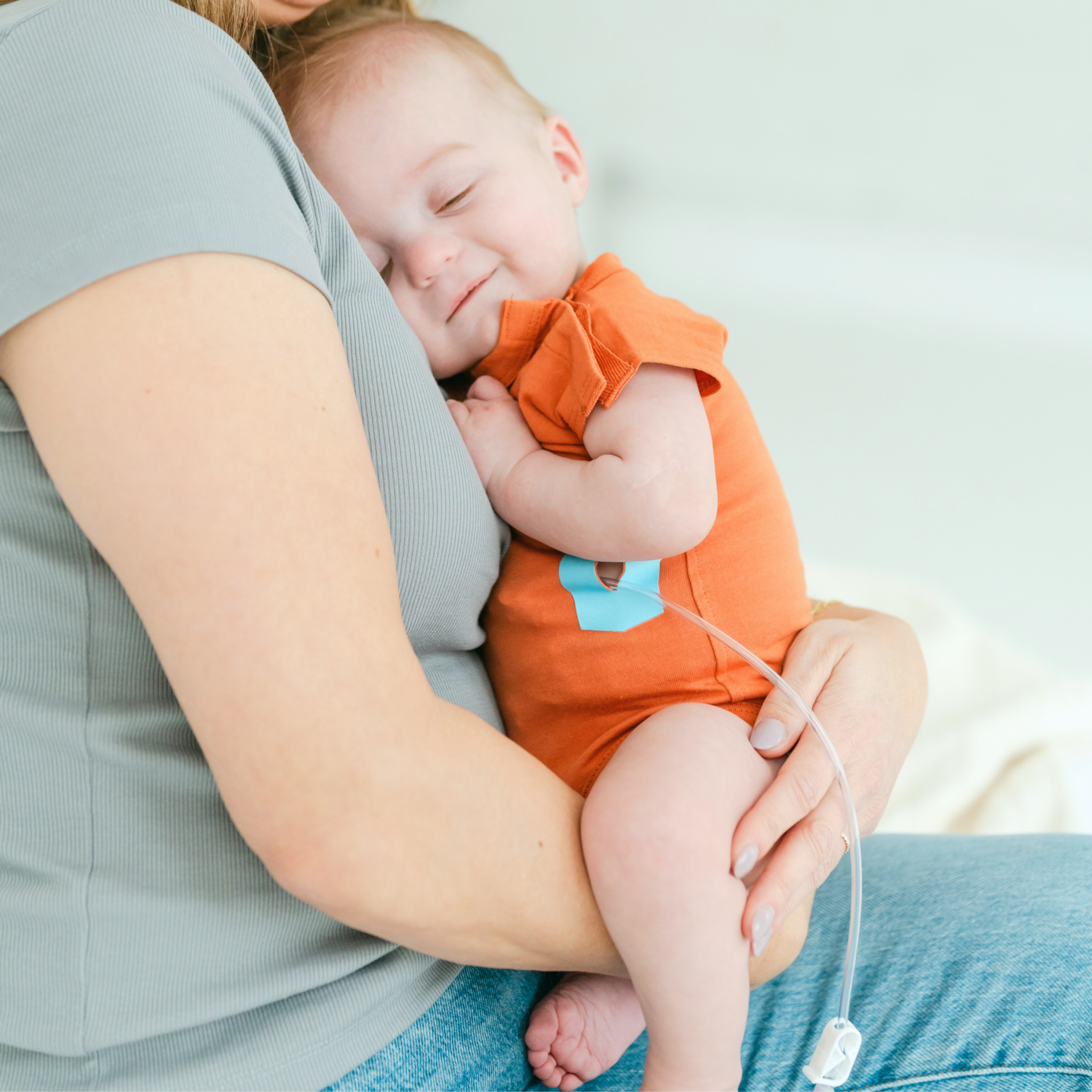This article was written in partnership with Stride Rite.
Ah, the baby shoe game—more complex than quantum physics and just as elusive as a
good night’s sleep post-infancy. If you’ve ever tried to make your wriggly cherub sit still
long enough to get an accurate foot measurement, you know it’s like trying to put a
onesie on a kangaroo. Good luck, right?
But stress not, dear parentals; we’ve teamed up with Stride Rite, the guardian angels of
kiddo footwear, to unravel this Gordian knot. We sat down (virtually, because, you
know, babies don’t sit still) with Naly Lee, Senior Design Director of Stride Rite, to dish
out some real talk on measuring those adorable, ever-changing baby tootsies. Read on
for the full lowdown, and while you’re at it, why not bookmark this page? Trust us, you’ll
be revisiting it every six months—or sooner if your munchkin has a sudden foot-spurt.
Let’s start with the basics. Why is it so hard to measure a baby’s feet?
Trying to get my 9-month-old to do ANYTHING is difficult. They can’t stay still, and they’re easily
distracted!
What’s the best way to get the most accurate measurement of your baby’s feet?
The easiest way would be to visit a full-service sit-and-fit retailer where they can help you
measure your baby’s feet. They can do this while your baby is in the stroller or while you hold
them by putting the Brannock device up to their foot. The Brannock Device is an industry-
standard measuring device. It measures the length and width of each foot. If going to a physical
store is not an option, there are many printable-size guides online you can download. We offer
one on striderite.com.
How often should you measure your baby’s feet?
Every child develops differently, but you should measure them roughly every six months.
Children’s feet grow about a half size every three to six months–more if they are younger. The
best signs are to look at their feet or their shoes. Are they uncomfortable wearing shoes? Do
they have blisters after wearing shoes? Is the toe area wearing through?
Can you talk a bit about the anatomy of a baby’s foot?
A baby’s foot is like a soft potato when they are born. Their feet are flat, they don’t have an arch,
and their bones haven’t developed yet. It’s soft cartilage surrounded by a layer of fat. It’s
important to have them develop naturally without restriction and have them wear footwear that
sits closest to the ground so that they can develop their balance.
How are baby shoes different from kid’s shoes?
Baby shoes should be lightweight, flexible, and have plenty of room for their toes to spread out.
When they have shoes that are low to the ground, they develop naturally as if walking barefoot.
Kid shoes have much more structure, height, and different toe shapes depending on the trends
or silhouette.
Any shoe fitting tips and tricks?
Start with socks with rubber grips, then soft-soled pre-walkers that are less restrictive and mimic
barefoot walking, then periodically put on flexible first walking shoes a few times at home. Have
your baby develop curiosity and interest in shoes. It helps if shoes are associated with fun and
play rather than something you rush through before you leave the house.
What are some signs baby is wearing the wrong size shoes?
Babies may develop blisters on their heels or the side of their feet; they may complain or not
want to wear their shoes. The shoes may start wearing on the toe area. Ensure they can walk,
jump, and run, and their movement is not limited. Watch that their heel isn’t slipping out and
that they aren’t dragging their feet. The shoes should be comfortable and supportive while
staying on their feet.
Do you have any favorite starter shoes for babe?
The Soft Motion Collection from Stride Rite is one of the best for babies taking their first steps.
The shoes are developmentally appropriate, focusing on lightweight, flexible rubber outsoles
that are thin and low to the ground so little ones can feel the ground below them. They are built
on a rounded last and bottom to mimic baby’s feet, and the collection focuses on easy on and
off shoes while having a variety of silhouettes in multiple sizes and widths.
